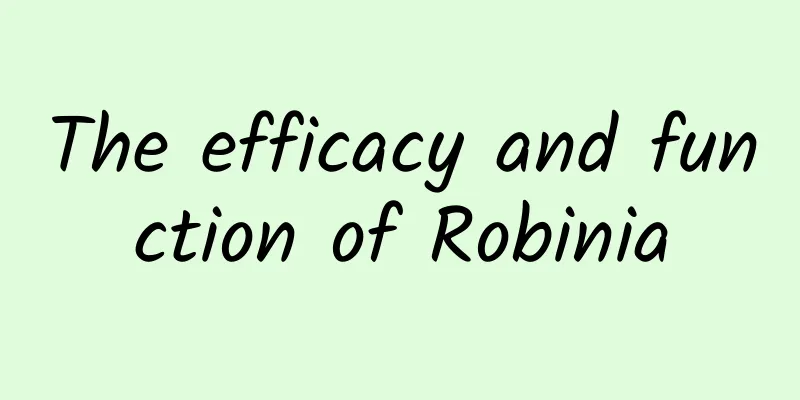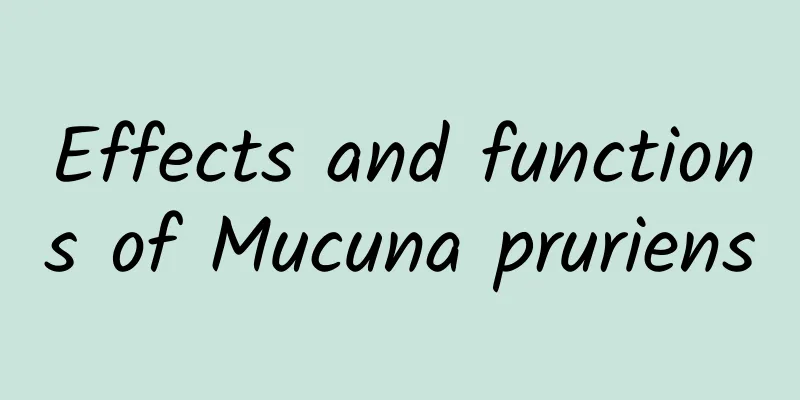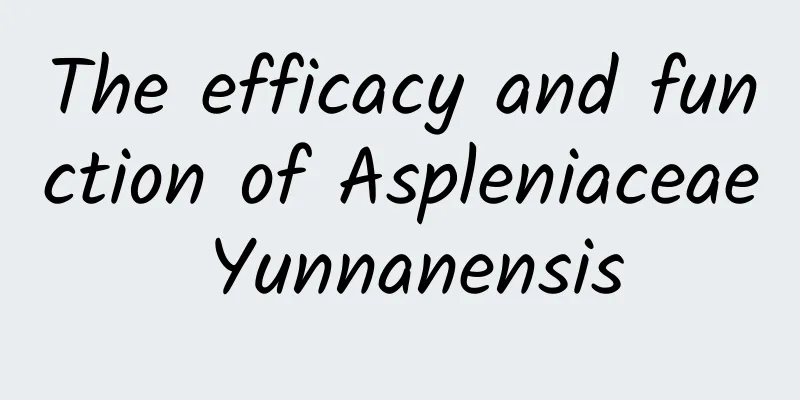The efficacy and contraindications of Di Ding

|
Ground clover is a traditional Chinese medicinal material, which is the wolfsbane of the green plant Ground clover Corydalis of the Poppy family. It is cold, slightly bitter, toxic, and has the effects of clearing away heat and removing fire. So what are the actual effects and functions of Di Ding? 1. Clear away heat and relieve fire The herb has the effect of clearing away heat and removing fire, and has a very good effect on respiratory tract infections and tonsillitis caused by influenza. 2. Antibacterial and anti-inflammatory Di Ding can treat enteritis, dysentery, conjunctivitis, nephritis, appendicitis, scrofula, mumps, furunculosis and other purulent infections caused by bacterial infections. 3 Antiviral treatment Di Ding has a very good effect on infectious hepatitis, influenza, mumps, children's autumn diarrhea and other viral infections caused by various viruses. 4 Rapid swelling reduction The herb has the effect of reducing inflammation and swelling caused by various infections. It is mainly used to treat all kinds of carbuncles, back furuncles, scrofula, unknown swellings and malignant ulcers. What is the difference between Viola yedoensis and Viola yedoensis Among the treasures of Chinese medicinal materials in traditional Chinese medicine, many are used to clear away heat and reduce fire. Among them, Viola yedoensis and Corydalis erythrorhizon are more widely used in clinical medicine. Since the two plants belong to different plant families but have similar names and functions, it seems important to distinguish between the two. 1. Viola yedoensis Functions and effects: It is cold in nature and slightly bitter in taste, and can clear away heat and fire, disperse blood and reduce swelling. It is mainly used to treat jaundice, dysentery, mastitis, red and swollen eyes, pharyngitis; it can be used externally to treat bruises, carbuncles, centipede bites, etc. 2. Kudiding Functions and effects: Clears away heat and removes fire; eliminates carbuncle. It is mainly used to treat influenza, respiratory tract infection, tonsillitis, infectious hepatitis, enteritis, dysentery, nephritis, mumps, conjunctivitis, acute appendicitis, furuncle, carbuncle, and scrofula. |
<<: Can Viola yedoensis be eaten?
>>: The efficacy, function and edible method of ground grass
Recommend
The efficacy and function of Tiger Lily
The Chinese medicinal herb Fritillaria dahurica i...
Coal mining produces gangue, with 5 billion tons of gangue piled up in Shanxi, Inner Mongolia, Shaanxi, and Xinjiang. How can major coal-producing provinces reach carbon peak?
my country is a major coal mining country. Accord...
The effects and functions of bitterwood root
As for bitterwood root, I think some people may h...
Medicinal properties of Scutellaria barbata
Scutellaria barbata can effectively help us treat...
What are the medicinal values of mustard?
In people's minds, mustard has always been a ...
The efficacy and function of sedge leaves
Do you know the leaves of the licorice tree? It i...
Can AI prevent “them” from eavesdropping on you?
You may have even encountered such a situation: W...
Is coughing up phlegm a way for the body to detoxify? Different colors of phlegm indicate different diseases!
It’s autumn now, the weather is cool, the moon is...
Spicy noodles, hotpot, chicken leg rice...Why can't some people stop eating salty food?
Everyone seems to know that eating too much salt ...
What are the medicinal values of frankincense?
Frankincense is mainly produced in North Africa a...
Gas Safety | How to Choose Gas Monitoring Products Correctly?
People often use three types of fuel gas in their...
These 13 pieces of knowledge in the circle of friends that look like rumors at first glance are actually true!
Source: Dr. Curious (ID: haoqi238)...
The efficacy and function of black tiger seven
The essence of traditional Chinese medicine is to...
Nezha's fire + Ao Bing's ice = steam explosion?
Review expert: Zhou Hongzhi, senior experimenter ...









